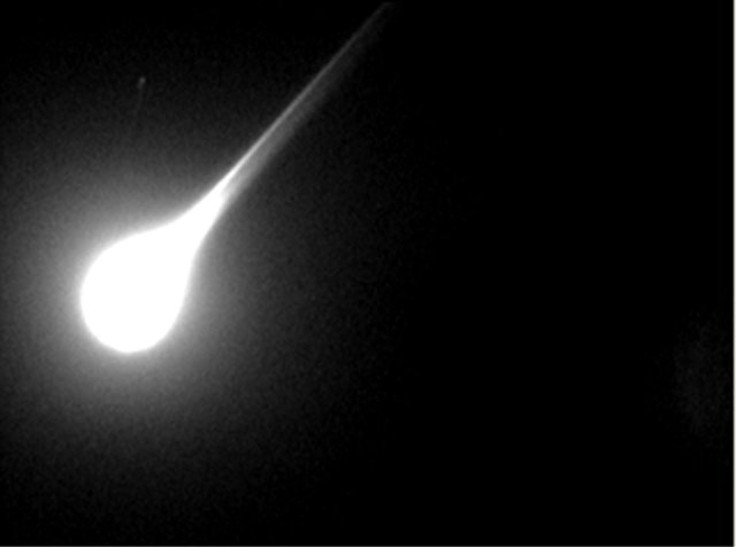Asteroid Traveling 35,000 MPH Hits Earth, Explodes Over California

KEY POINTS
- An astronomical organization confirmed that a meteor recently hit Earth
- The meteor was traveling at almost 35,000 miles per hour
- The meteor produced a bright fireball event over California
The American Meteor Society (AMS) confirmed that Earth was hit by an asteroid last week. As the space rock entered the planet’s atmosphere, it became a meteor that caused a bright fireball event.
According to the AMS, the incident occurred on Jan. 30 at 1:30 a.m. EST. As the meteor burned up in the atmosphere, it caused a bright fireball over California.
The AMS was informed of the incident after receiving over a hundred eyewitness reports regarding a bright flash in the sky. The majority of the eyewitnesses were from San Diego and Los Angeles.
Based on the images and videos of the incident, the AMS initially believed that the fireball event was caused by orbital debris that re-entered Earth. This was mainly due to the appearance of the fireball, which separated into fragments after entering Earth’s atmosphere.
However, after consulting with experts, such as astronomer Marco Langbroek and William Cooke of NASA, the AMS confirmed that the fireball event was caused by a meteor that was traveling almost 35,000 miles per hour.
“After reading Dr. Marco Langbroek‘s analysis and after receiving information from William J. Cooke, Lead, NASA Meteoroid Environments Office, the speed of the event is now evaluated of 15.5 km/s, which means the fireball was indeed produced by a meteoroid,” the AMS said in a statement.
It is not yet clear how big the meteor that caused the fireball event was. According to the International Meteor Organization (IMO), tiny space objects that are less than a millimeter wide cannot produce a bright flash after entering Earth’s atmosphere. Instead, these small fragments usually disintegrate in the sky.
Larger objects, on the other hand, or those that are over a millimeter wide, can cause bright fireballs in the sky. Depending on how big they are, fireball events caused by large objects can last a couple of seconds before disintegrating or reaching the Earth’s surface.
“As the size of these objects approach a millimeter, they begin to produce enough light to be seen upon entry to the upper atmosphere as ordinary meteors,” the IMO explained. “Due to the velocity at which they strike the Earth’s atmosphere, fragments larger than 1 millimeter have the capability to produce a bright flash as they streak through the heavens above.”
© Copyright IBTimes 2024. All rights reserved.





















